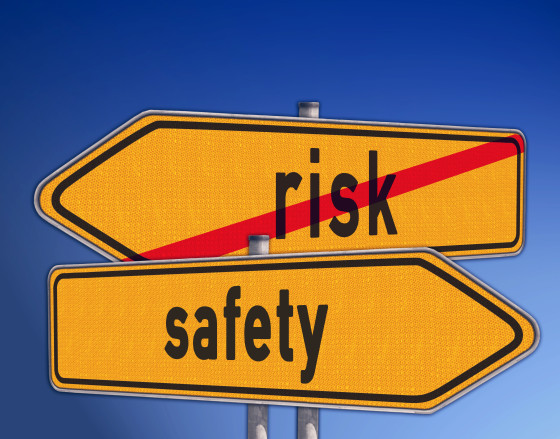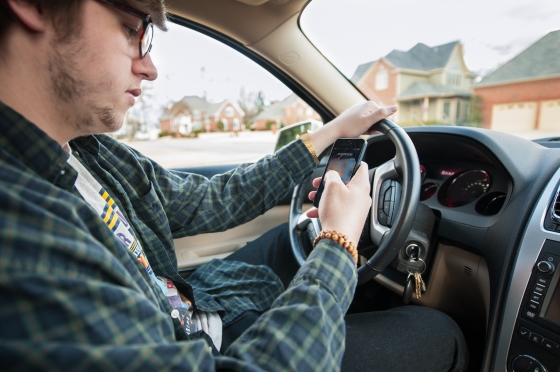Being a teenager is a difficult time in life. Precariously poised between childhood and adulthood, the years of adolescence are usually a tumultuous part of everyone’s personal development.
 An essential aspect of growing up is taking risks. In fact, a few studies determined teens are predisposed to taking risks more often than other age groups. They take the risks not because they don’t understand the consequences of their behavior, but rather because they like the thrill of taking the risk.
An essential aspect of growing up is taking risks. In fact, a few studies determined teens are predisposed to taking risks more often than other age groups. They take the risks not because they don’t understand the consequences of their behavior, but rather because they like the thrill of taking the risk.
During the Summer, we recognize Student Safety Month – started by one mother who tragically lost her newly graduated 17-year-old son in a car crash caused by his driving after drinking at a friend’s birthday party.
Occurring every summer, in June, since 1998, Student Safety Month encourages young people not to drink and drive and to use good judgment during celebratory periods such as graduations, parties, and proms.
For example, a recent study found almost half of all tenth graders drink alcohol. Another study reported 1 in 6 teens engage in binge drinking, but only 1 in 100 parents believe his or her teen binge drinks.
It was shown high school students who use alcohol or other substances are five times more likely to drop out of school than those who don’t. Furthermore, car wrecks are the leading cause of death for teens and about 25 percent of those wrecks involve underage drinking. Approximately 1.4 million adolescents are injured in alcohol-related accidents per year while teen alcohol use is estimated to kill 4,700 people every year.
With school out, there are younger, inexperienced drivers on the road and many of them have multiple passengers along for the ride.
Teenage drivers have the highest crash risk per mile traveled compared with drivers in other age groups because they tend to overestimate their driving abilities and underestimate the dangers on the road.
All 50 states have a three-stage graduated driver licensing (GDL) system though the licensing requirements and restrictions on intermediate license holders vary from state to state.
There are five key graduated driver licensing provisions:
- permit age,
- practice driving hours,
- license age,
- night driving restrictions and
- passenger restrictions (allowing beginning drivers to transport other teens without adult supervision raises their risk of crashing).
For those who would like to know more, the Insurance Institute for Highway Safety offers informative maps and tables on the laws of each state.
Safety is About More Than Just Driving Responsibly
Although the primary focus is often on the dangers of drinking and driving. Student Safety Month has expanded to include distracted driving, bullying, bus safety, fire safety, bike safety, stranger danger, sun safety, playground safety, sports safety and internet safety.
Some schools recommend using the summer as a time to examine and practice emergency management plans. So they can be prepared with the best response in the event of a natural disaster, a power outage, an illness outbreak or a threat of violence.
Building Safer Communities for All
It’s never a wrong time to bring student safety to your community. Common suggestions include:
• Using local current events as a launching pad for discussions at home, school or work
• Holding a mock car wreck and practicing the proper response(s)
• Starting a scholarship in memory of a young person who died
• Organizing an all-night party designed to keep kids off the streets after a school function
• Creating a blog aimed at student safety awareness
• Inviting a speaker who has experienced the loss of a child due to drugs, alcohol, violence or accidental death
• Creating a safe environment for your child or students to talk with you openly and honestly about their concerns and experiences.
Show your kids you care by role-playing real-life situations with them, listening to them, educating them and empowering them. Bringing up personal experiences can make it easier for them to relate to you if they know you’ve made mistakes, too.
Did you know the average American driver will have to file an auto accident claim once every 17.9 years? Learn how distracted teenage drivers contribute to this statistic by clicking here.






